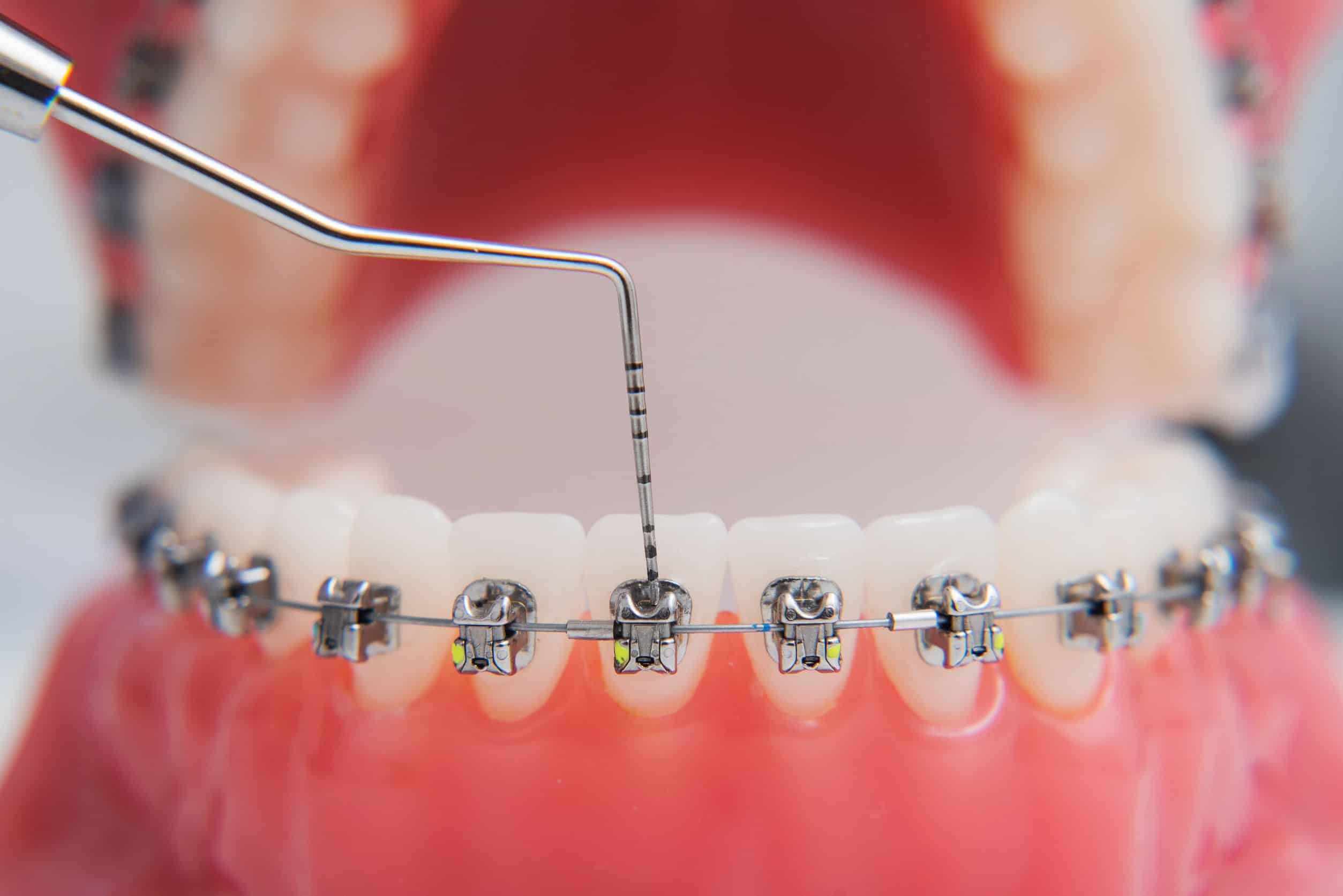Some Known Incorrect Statements About Legacy Orthodontics
Table of Contents5 Easy Facts About Legacy Orthodontics ExplainedGetting My Legacy Orthodontics To WorkThe Only Guide to Legacy OrthodonticsThe 20-Second Trick For Legacy OrthodonticsThe smart Trick of Legacy Orthodontics That Nobody is Talking About
At Advanced Orthodontics, we supply individuals with a holistic therapy experience. On top of that, we provide flexible therapy schedules, versatile repayment choices and a fun, satisfying experience. leesburg orthodontist. Call ( 480) 357-4900 today for additional information and routine an appointment.An orthodontist is a dentist educated to detect, avoid, and treat teeth and jaw abnormalities. They deal with existing problems and are trained to identify problems that might establish in the future. Orthodontists collaborate with individuals of every ages, from children to adults. People typically connect an ideal smile with good wellness.
Malocclusion, or misaligned teeth, can result in oral concerns, including dental cavity, periodontal condition, and hard or excruciating chewing. Not everyone is birthed with straight teeth. If you have a bad bite or huge spaces in between your teeth, you may wish to consult a dental professional focusing on orthodontic treatment.
The 9-Minute Rule for Legacy Orthodontics
( Photo Credit: DigitalVision/Getty Images) Orthodontists make use of repaired and detachable oral tools, like dental braces, retainers, and bands, to transform the position of teeth in your mouth. Orthodontic therapy is for dental problems, including: Uneven teethBite issues, like an overbite or an underbiteCrowded teeth or teeth that are too far apartJaw misalignmentThe goal of orthodontic treatment is to improve your bite.
While you may think of orthodontists as mostly for kids or teens who require braces, they can deal with oral issues at any kind of age. Orthodontists participate in university, dental institution, and orthodontic college.
All orthodontists are dental professionals, yet not all dental professionals are orthodontists. Orthodontic residency programs offer extensive, focused direction for dental professionals. They concentrate on 2 locations: How to properly and securely relocate teeth Just how to properly direct growth in the teeth, jaw, and faceOnce an orthodontist has actually completed training, they have the option to become board licensed.
Legacy Orthodontics Fundamentals Explained
Misalignment, or malocclusion, is the most common factor people see an orthodontist. It is genetic and is the outcome of dimension distinctions between the upper and reduced jaw or between the jaw and teeth. Malocclusion results in tooth congestion, an irregular jaw, or irregular bite patterns. Malocclusion is generally treated the original source with: Your orthodontist connects metal, ceramic, or plastic square bonds to your teeth.
If you have just small malocclusion, you may have the ability to use clear braces, called aligners, as opposed to standard dental braces (https://www.kickstarter.com/profile/legacyortho/about). Some individuals require a headwear to aid move teeth into line with stress from outside the mouth. After dental braces or aligners, you'll need to use a retainer. A retainer is a personalized gadget that maintains your teeth in position.
They're most frequently made use of on youngsters. They can develop extra area in the mouth without having to pull teeth. If you have a serious underbite or overbite, you may require orthognathic surgical treatment (likewise called orthodontic surgery) to extend or reduce your jaw. Orthodontists make use of cables, surgical screws, or plates to support your jaw bone.
You may need to see an orthodontist if you have: Crowding or otherwise adequate area for every one of your teethOverbite, when your top teeth come your bottom teethUnderbite, when your bottom teeth are as well much forwardSpacing or concerns with gapsCrossbite, which is when your upper teeth fit behind your base teeth when your mouth is closedOpen bite or a vertical void between your front base and top teethMisplaced midline, when the center of your base and top teeth don't line up Correcting a dental malocclusion can: Make biting, eating, and talking easierImprove the proportion of our face and your overall appearanceEase discomfort from temporomandibular joint disordersDifferent your teeth and make them simpler to clean up, aiding stop tooth degeneration or dental caries It's frequently a dentist that first notices misaligned teeth during a routine exam.
The Best Guide To Legacy Orthodontics

During your initial orthodontic appointment, you'll likely have: An oral examPhotos taken of your face and smileDental X-raysPanoramic (360 level) X-rays of your face and headImpressions to produce molds of your teethThese examinations will assist your orthodontist recognize exactly how to proceed with your therapy. orthodontics. An orthodontist is a dental expert that's had training to treat your teeth and jaw
An orthodontist is concentrated on your bite, so something like a broken tooth would certainly be dealt with by a dental professional. Orthodontists are focused on your bite, or the way your teeth fit together, and the straightness of your teeth.
Ever before wondered just how celebrities constantly appear to have completely aligned teeth? The solution often hinges on the proficient hands of an orthodontist. What precisely does an orthodontist do? Orthodontists are oral specialists that concentrate on remedying irregularities in the teeth and jaws. Their know-how goes past just developing a beautiful smile; it encompasses improving your general oral health and wellness and function.
Legacy Orthodontics for Beginners

While dental braces are the most typically recognized orthodontic therapy, orthodontists have a varied toolkit at their disposal. The particular method chosen depends upon the intensity of the case, the individual's age, and individual choices. These reliable braces utilize a system of brackets bonded to the teeth and attached by wires.
These detachable trays are personalized to considerably change the teeth's setting. In situations of narrow jaws, palatal expanders can be made use of to create space for proper tooth positioning.